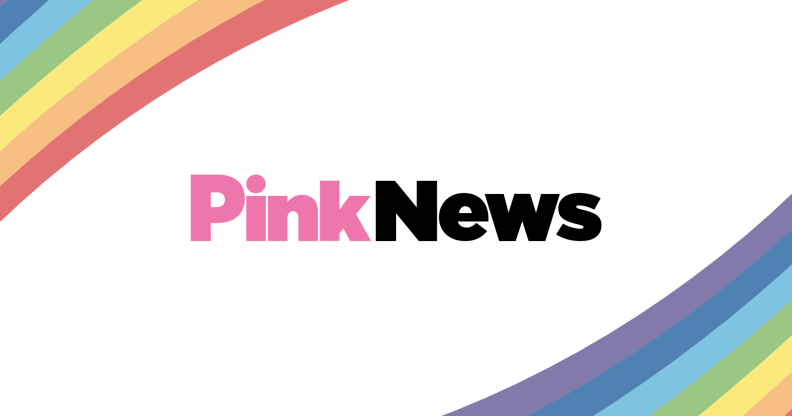Time magazine recognises gay market

The new issue of Time in Europe features something a little out of the ordinary for the readers of their business pages.
The magazine’s lead article discusses the growing importance of advertising to a gay consumer market that exists all across the Continent.
It is the first major analysis by the magazine of what is revealed to be an increasingly important marketing trend for many brands, tapping into the spending power of Europe’s more than 20 million lesbian and gay citizens.
With gay consumers accounting for an estimated six percent of all adults, the importance of the gay market is increasingly featuring in the market scope of large brands.
However leading marketers think that the efforts of some are letting their gay marketing attempts down.
The Time magazine article discusses brands doing well, and not so well, in targeting gay consumers. According to Ian Johnson, Managing Director of Out Now Consulting, who is quoted in the article, the failure to use appropriate advertising imagery in gay media is one of the things “(that) European companies are not yet getting right.”
“We still see imagery appearing in lesbian and gay publications in the US, across Europe and in Australia that is clearly meant to be targeting a heterosexual audience,” says Mr Johnson. “Many brands want the gay market but do not put in the effort they should to properly understand and communicate with a gay consumer market audience.”
Mr Johnson’s firm is relied upon by a range of brands to develop advertising and marketing strategies to reach gay consumers. One of his agency’s clients, German National Tourist Office, is cited in the Time article as an example of a brand getting things right in their advertising and marketing strategies.
“The work we are delivering for the German National Tourist Office is a good example. Before doing anything, a brand must invest in good market research to understand what motivates a lesbian or gay customer towards their brand,” Johnson says.
The article refers to market research by Out Now about the value of gay incomes in Europe. The UK gay consumer market alone is referenced as earning US$130 billion during the past year.
“After researching the market, companies should credentialise their brand, providing tangible reasons for gay consumers to choose them over competitors. Only then should you move into an advertising or public relations mode. Importantly, brands must develop tailored advertising specifically to appeal to the gay consumer market if they expect to maximise results.”
The recent failure of a boycott of Ford by those opposed to its support for gay community causes is cited as showing that brands should include specific advertising overtures to gay customers as part of their overall marketing activities.
“More brands are realising that they have much more to lose by neglecting gay customers,” according to Mr Johnson. “The time when fear of a backlash was a major issue for brands targeting gay consumers is now largely behind us. The Ford case shows that at the end of the day, the profit incentive to target the gay market is what ultimately drives the marketplace.
“What brands still need to do better though is working out what they should be saying to gay customers to win their business. At the end of the day, gay consumers are worth it.”

